

*Conditions apply: For posterior teeth. Additional procedures incur added fees. Subject to clinical eligibility and our doctor’s discretion. Offer cannot be applied toward account balances or dental services already delivered or in conjunction with other offers, discounts or insurance plans.
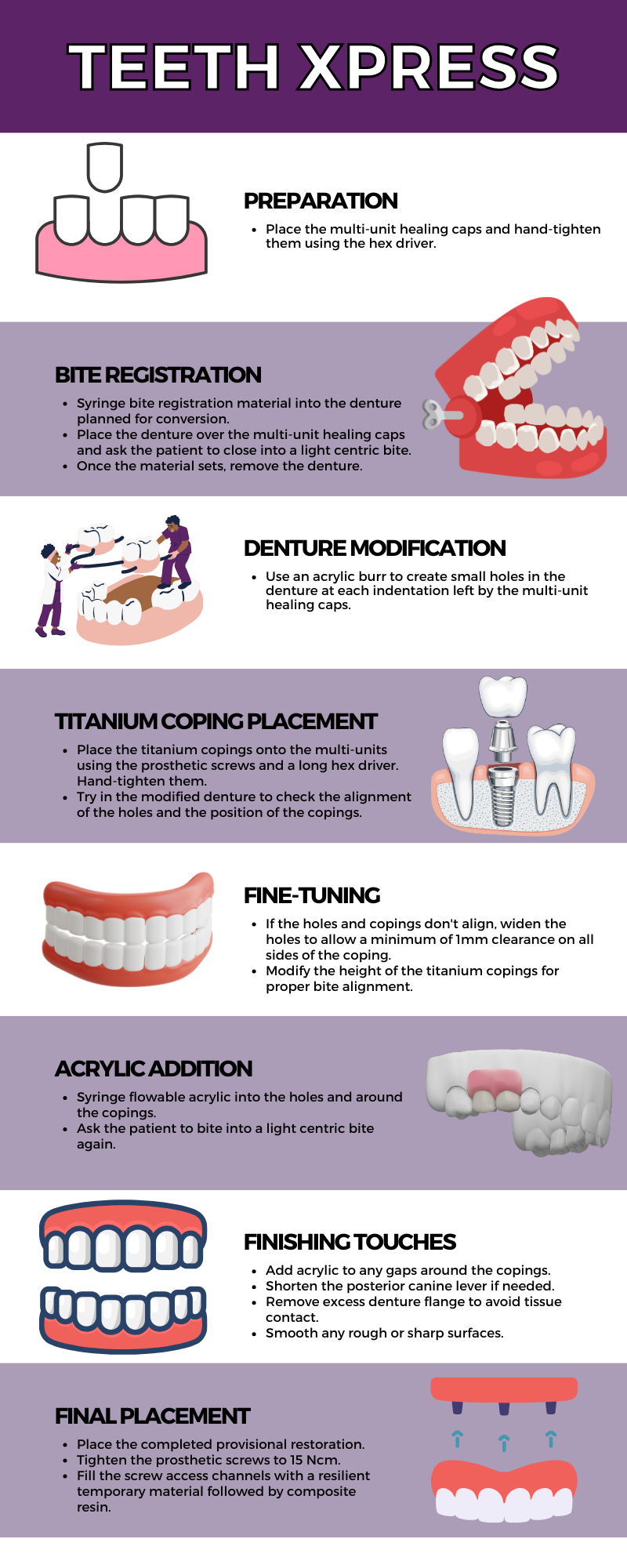
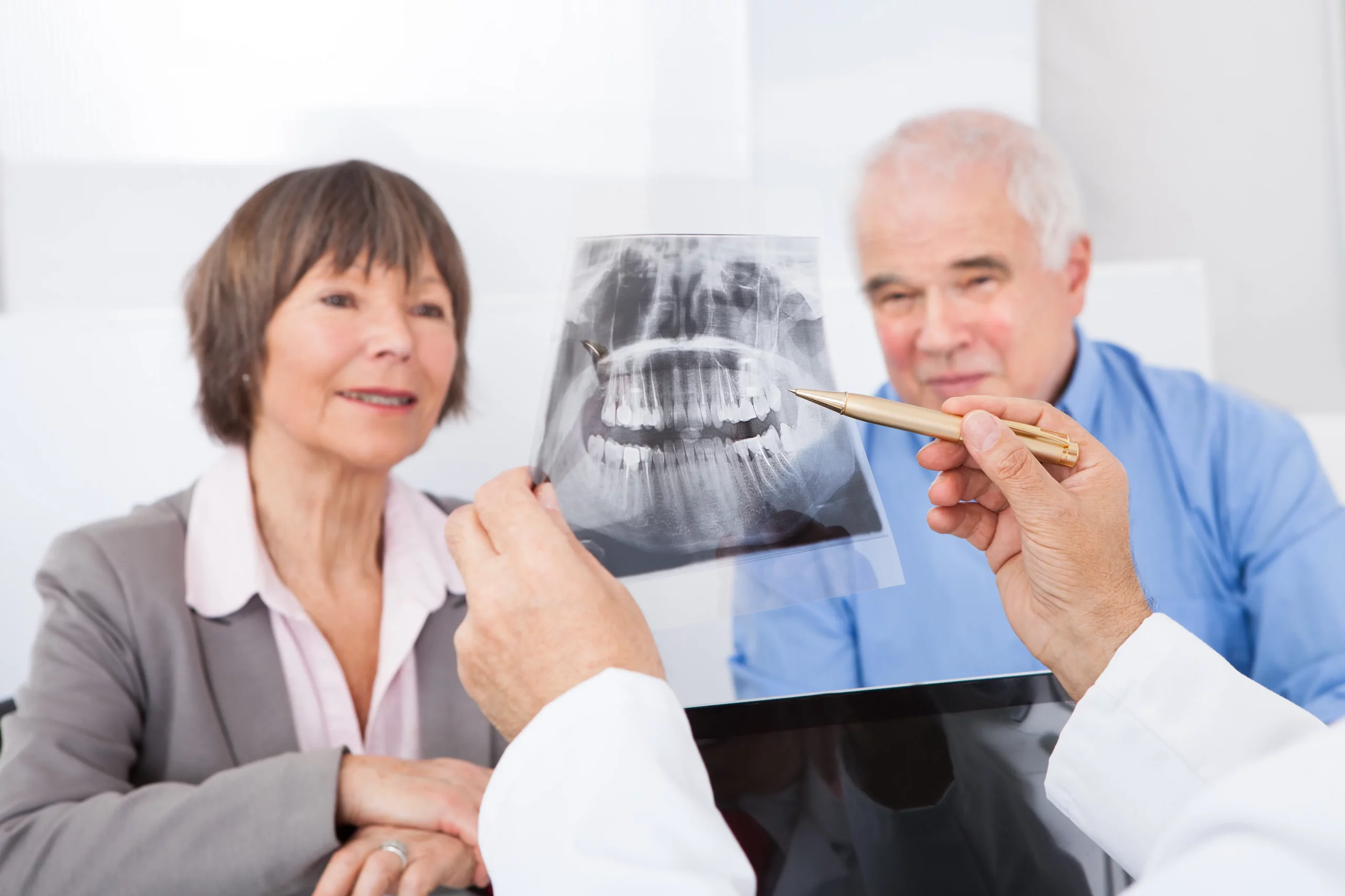
Each step in the same-day implant process is carefully executed to maximize success and minimize discomfort for the patient. From initial consultation to post-procedure care, thorough planning and attention to detail are essential for optimal outcomes.
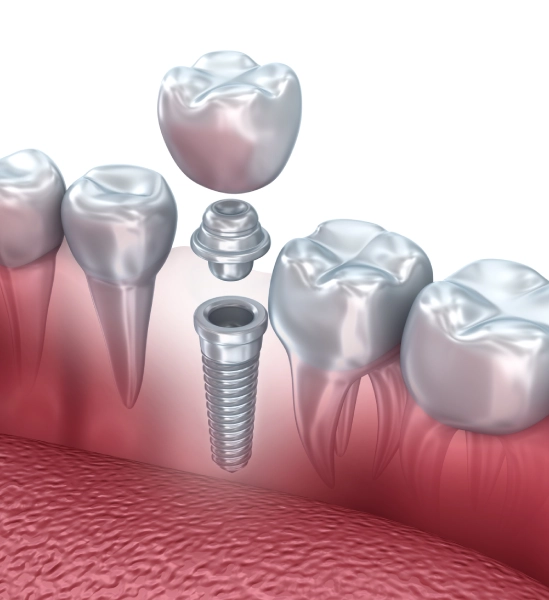
Following the same-day implant procedure, you'll be given specific instructions to aid in your recovery. It's essential to follow these instructions meticulously to minimize discomfort and promote healing.
During the initial healing phase, which typically lasts a few days, you may experience some swelling, discomfort, and minor bleeding. Your dentist may prescribe pain medication to manage any discomfort.
While your implants heal, it's important to stick to a soft diet to avoid putting excessive pressure on the implant sites. Avoid hard, crunchy, or sticky foods that could disrupt the healing process.
Maintaining excellent oral hygiene is critical for the success of your implants. Follow your dentist's instructions for brushing and flossing carefully around the implant sites to prevent infection and promote healing.
Schedule follow-up appointments with your dentist as recommended to monitor the progress of your implants and ensure they're healing properly. These appointments also allow your dentist to make any necessary adjustments.
While you may be eager to resume your normal activities, it's essential to avoid strenuous exercise and activities that could disrupt the healing process. Follow your dentist's guidance regarding any temporary restrictions on physical activity.
Once your implants have fully healed, continue to maintain good oral hygiene habits and attend regular dental check-ups. Your dentist may recommend additional treatments or adjustments as needed to ensure the long-term success of your implants.
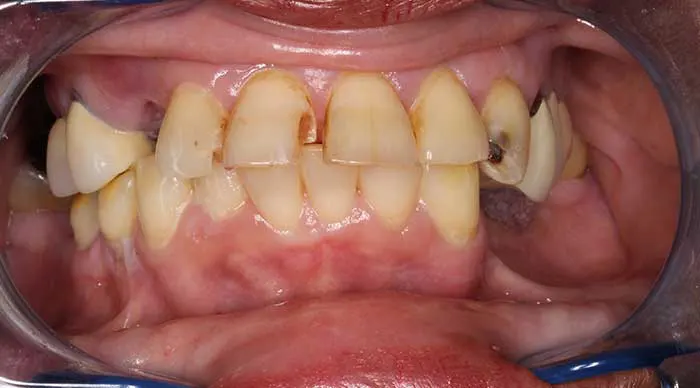
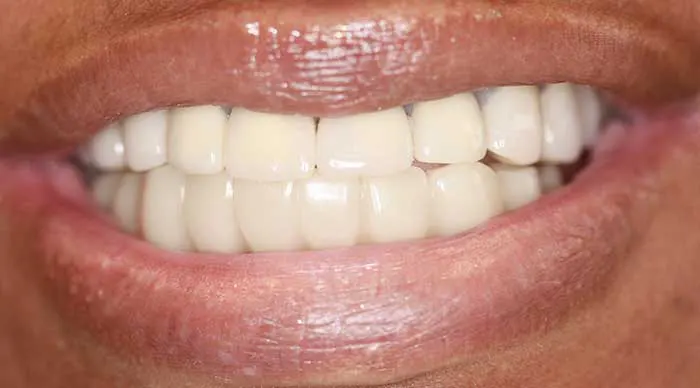 Before
After
Before
After
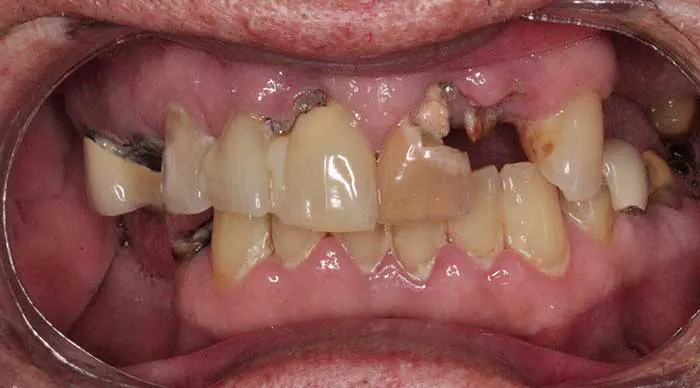
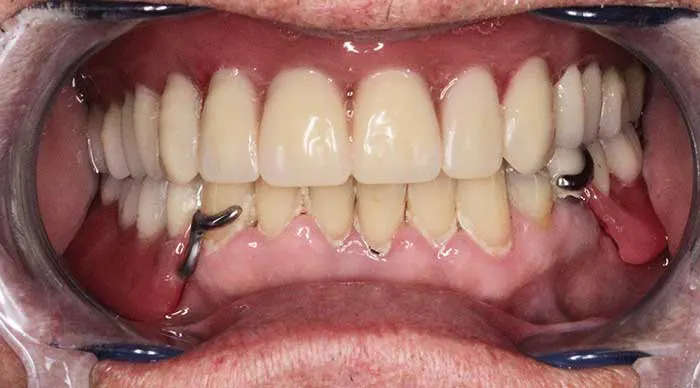 Before
After
Before
After
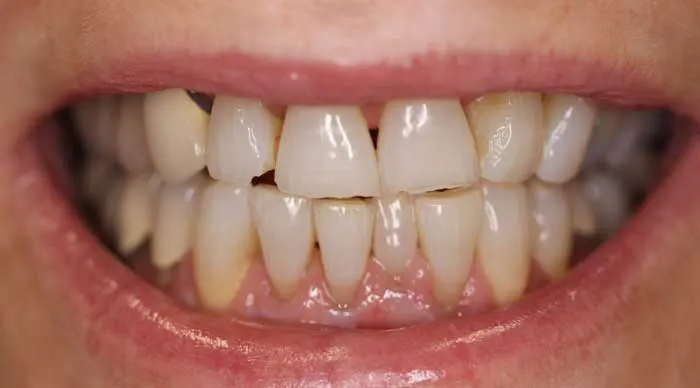
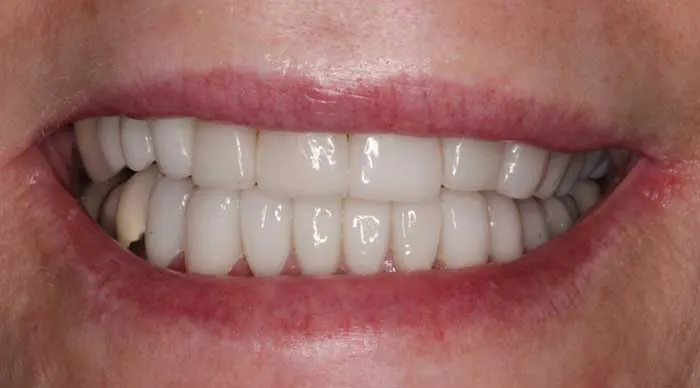 Before
After
Before
After
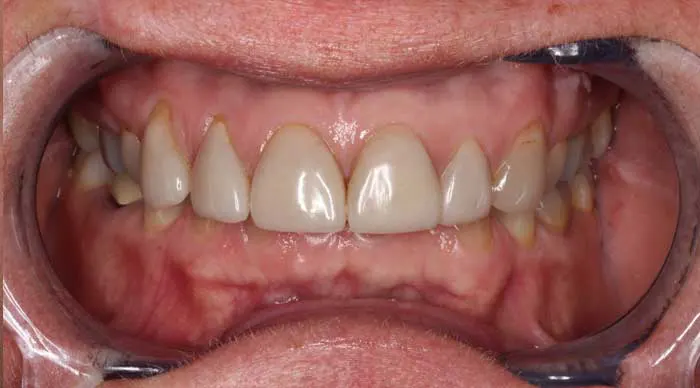
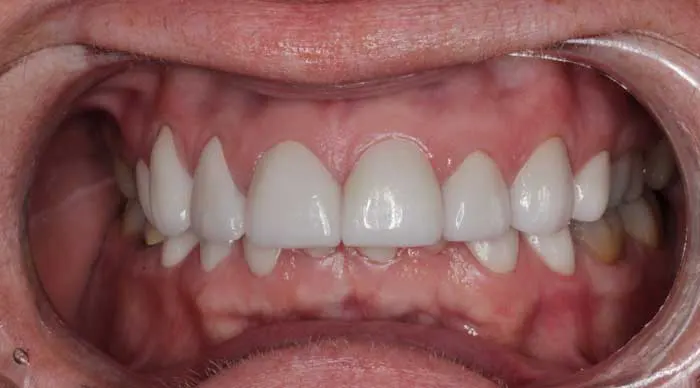 Before
After
Before
After
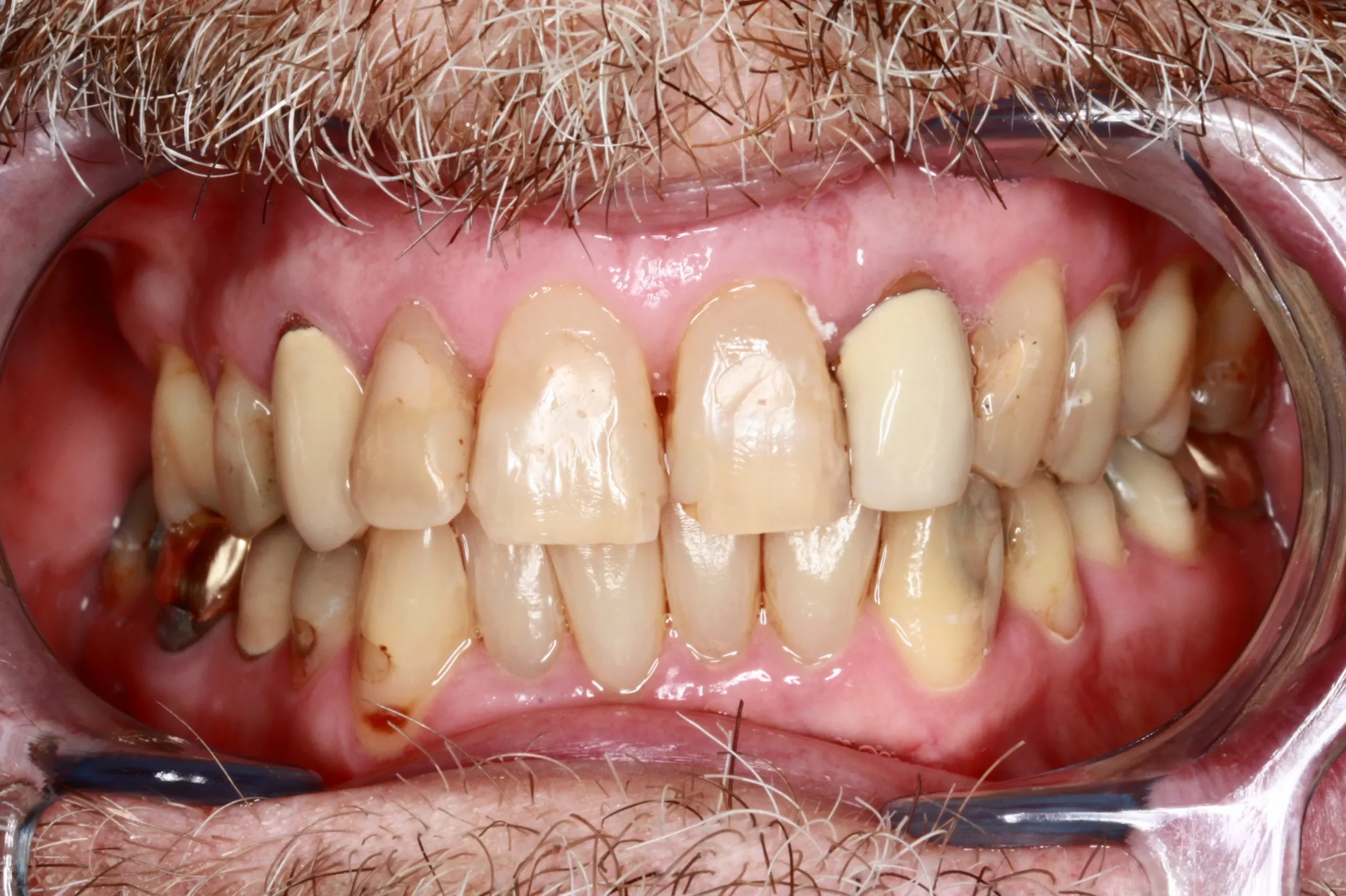
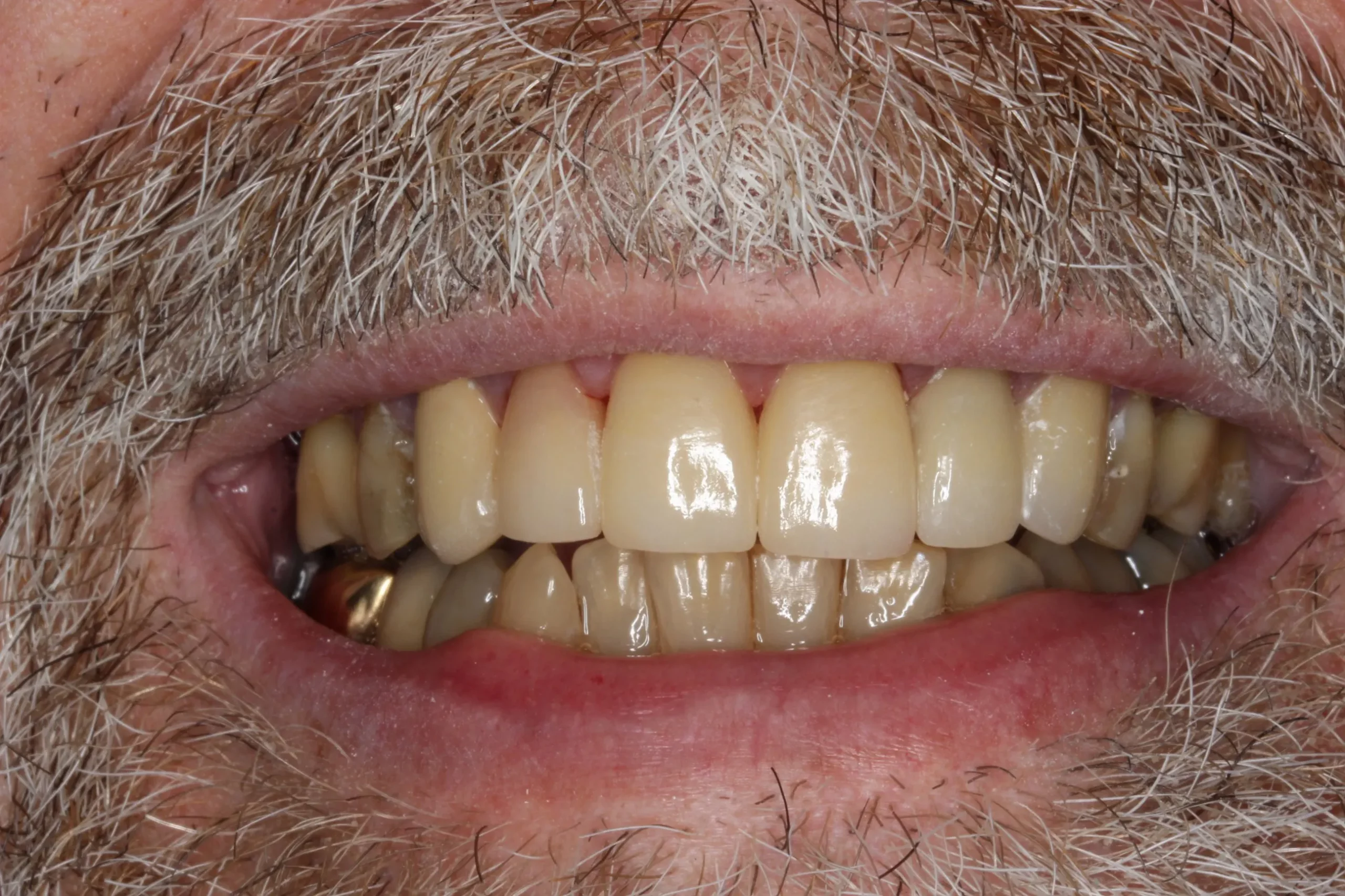 Before
After
Before
After
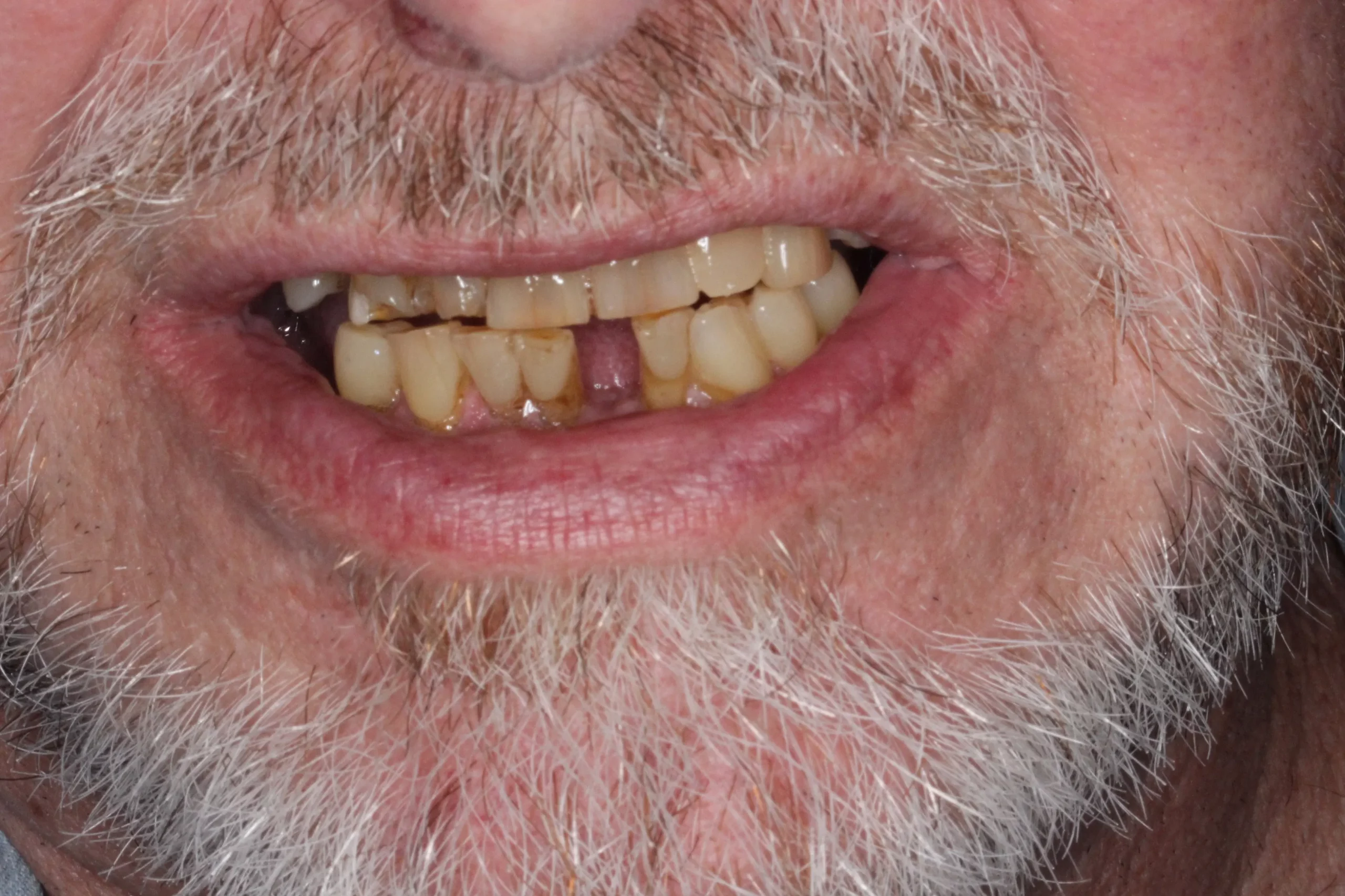
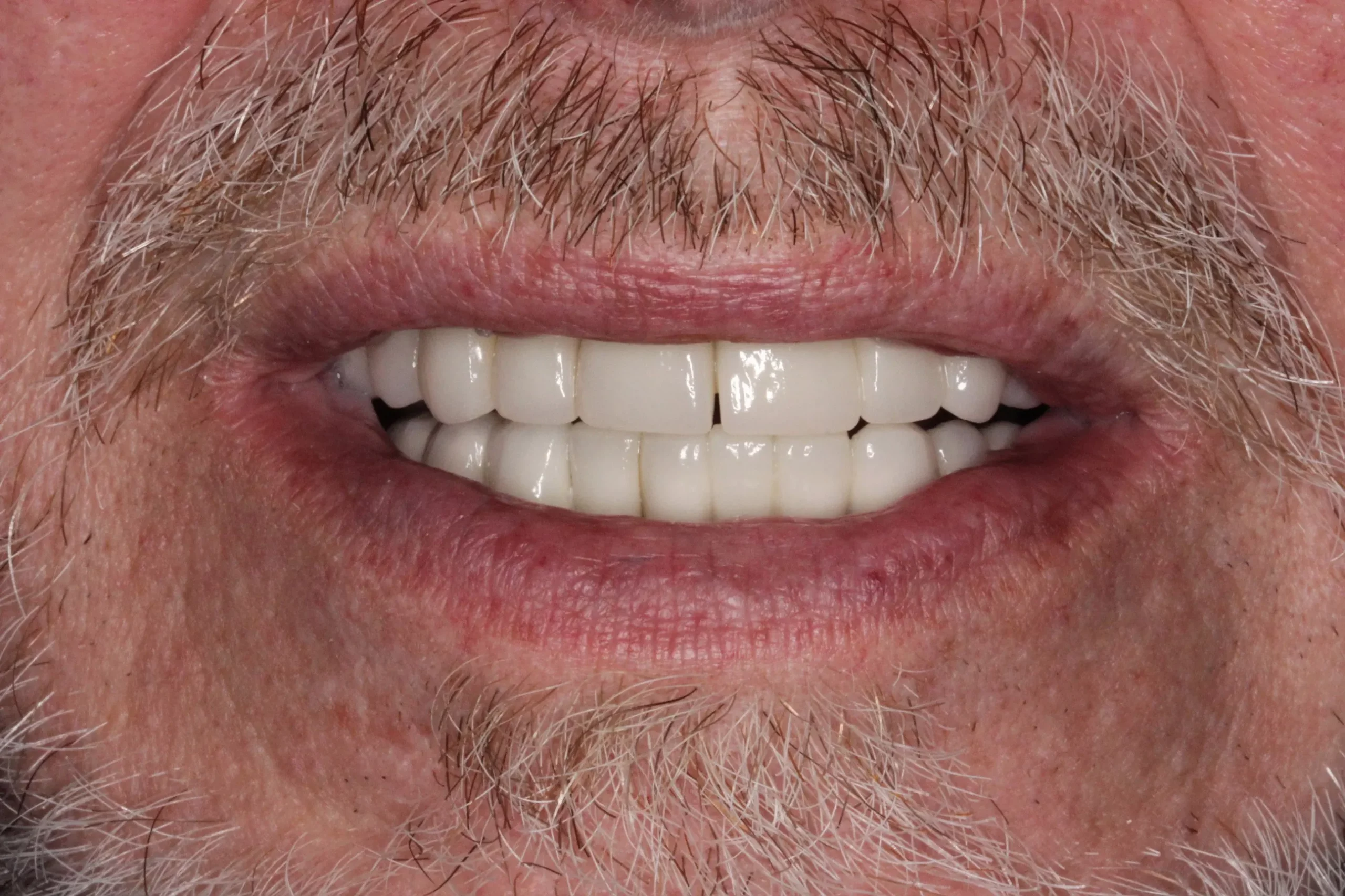 Before
After
Before
After
The group is very professional. Everyone there is nice to you and to each other. The atmosphere is positive. They go over every thing with you before they do anything. They help you get the most out of your insurance, which is very helpful.
I've had a hard time finding a dentist in the Atlanta area. I've been overcharged, had a tooth injury, and witnessed assistants being berated. At 3 different offices. A friend recommended Dr. Moeti at Smokerise Dental,
Smoke Rise Dentistry is the place to go if you are looking for a dentist. I had an implant recently. It was in a difficult place. Dr. Motie was able to figure out the best way to do it . Dr. Motie is surrounded with a wonder staff who helped me along the way.






Request Appointment